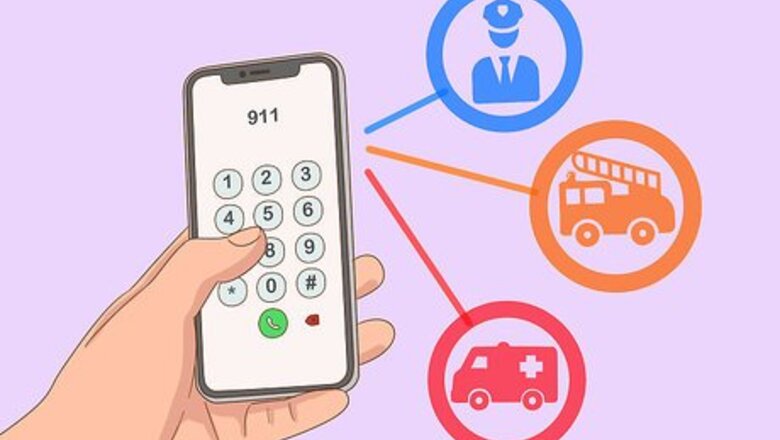
views
Contacting Emergency Services
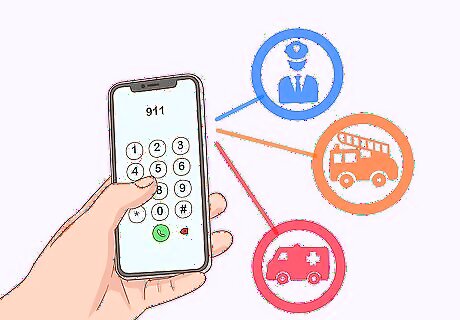
Dial 911 for immediate assistance from the police, fire department, or paramedics. When you dial emergency services, make sure to state your full name, the address of the emergency, and a short description of what’s happening. Stay on the line with the operator if you can to relay any additional information they may need. Don’t dial 911 if there isn’t an immediate emergency. Check with the settings on your cell phone to see if there is a way to contact emergency services without dialing a number. For example, iPhone users with iOS 11 or higher can click the power button 5 times to reach an emergency SOS option.
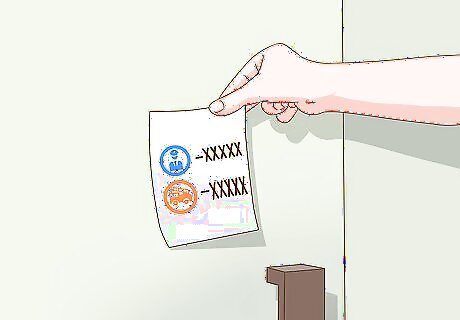
Find the number for your local police station and fire department for non-emergencies. Keep your local police and fire department’s numbers in an accessible place, such as on your fridge, so you and your family can find them easily. If you have a cell phone, save the numbers into your phone. Non-emergencies include reporting crimes without a suspect, suspicious or disruptive activities, or telling the authorities of an event that occurred a previous night.
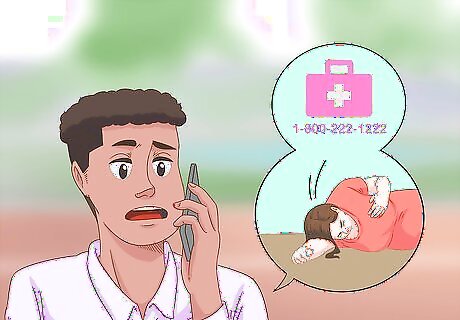
Call 1-800-222-1222 to reach Poison Control. If you or someone you know ingested a toxic substance or you aren’t sure what effects a medication may have, call the toll-free number to get expert help. The hotline will connect you to your local Poison Control Center, with experts to help walk you through the next steps to take. Poison Control also has a web tool if there are no serious symptoms right away. If the person collapses, starts seizing, or has trouble breathing, call 911 immediately.
Seeking Mental Help
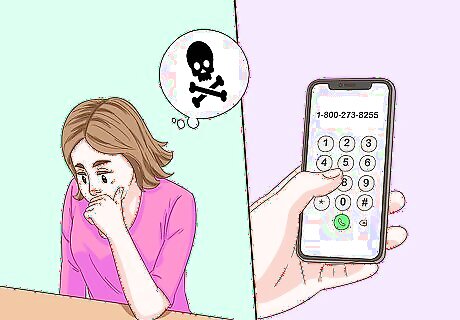
Call 1-800-273-8255 to reach the Suicide Prevention Lifeline. If you or someone you know is having suicidal thoughts or is threatening to kill themselves, the Suicide Lifeline is open 24 hours 7 days a week. Contact them to talk through your situation so they can give you the support you need and tell you what steps you should take next. Look for a combination of warning signs in your loved ones such as talking about wanting to die, increased substance abuse, or isolating themselves from others. If the threats seem serious, contact the Lifeline. Calls to the Suicide Lifeline are free and confidential, but they may contact emergency services if you’re threatening yourself or others.
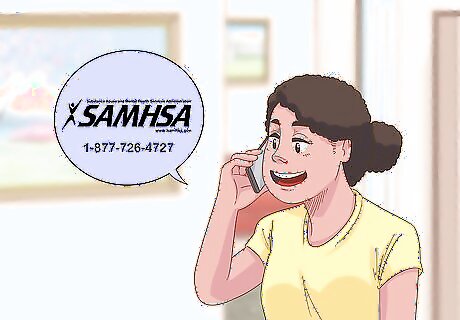
Dial 1-877-726-4727 to find local mental treatment services. The number will take you to the Substance Abuse and Mental Health Services Administration (SAMHSA) hotline. The service is free and confidential, and the operator will help you locate local services you can contact for mental health and treatment. SAMHSA will work to find locations that work with your insurance or find places with minimal charges for their services if you’re uninsured. Call SAMHSA if you have recent onset or known history of mental illnesses like bipolar disorder, schizophrenia, or psychosis.
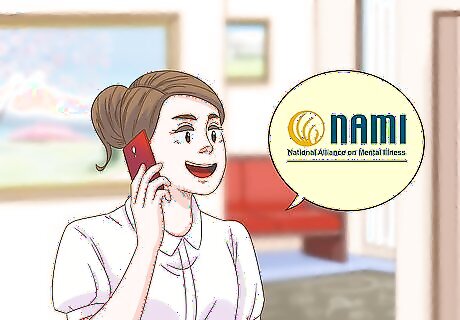
Reach out to 1-800-950-6264 for mental health support and education. The toll-free number will connect you to the National Alliance of Mental Illness (NAMI) so you can find services and support for your mental health. Use the NAMI hotline to find referrals, information, and support for your or a loved one’s mental illness. Look for your state’s local NAMI branch for localized help.
Reaching out to Support Lines
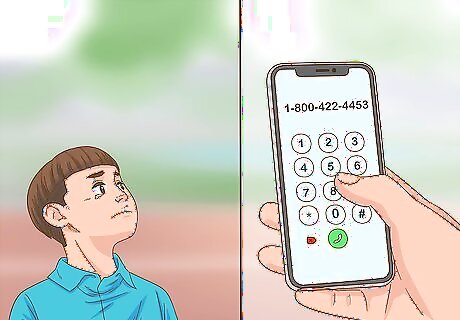
Call 1-800-422-4453 to report child abuse. Childhelp is a Child Protective Services hotline that’s open 24 hours a day for 7 days a week where you can report child abuse to a counselor. The service offers crisis intervention as well as referrals to local services that can help prevent the abuse. Each state has its own Child Protective Services that you can find here: https://www.childhelp.org/wp-content/uploads/2018/01/CPS-Reporting-June-2018.pdf. Recognizing Child Abuse in a Child • Sudden changes in behavior or performance• Passive or withdrawn attitudes• The child doesn't want to go home• Learning problems that can't be attributed to other factors

Report domestic violence at 1-800-799-7233. If you’re experiencing physical violence in your relationship, reach out to the confidential hotline. They can help you find information and resources to help you. If there is an immediate threat to your safety, call 911. Use a friend’s phone or a public phone if you’re afraid you’re being monitored at home.
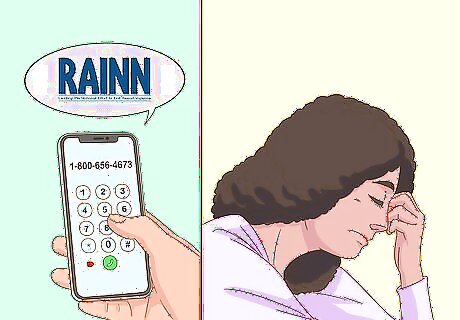
Dial 1-800-656-4673 for sexual assault support. The Rape, Abuse & Incest National Network (RAINN) is dedicated to helping survivors of sexual assault by providing information, support, and referrals to local services you can access. The hotline is open 24 hours a day and is completely confidential. RAINN also offers live chats on their website in case you don’t have access to a phone.
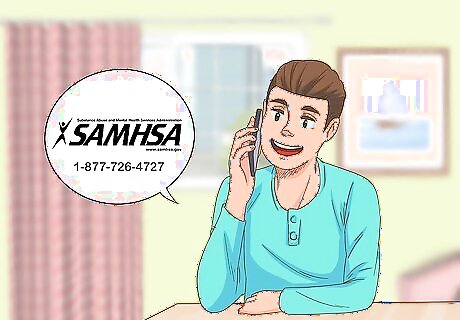
Seek substance abuse support by dialing 1-877-726-4727. The SAMHSA hotline is available 24 hours a day throughout the entire year. Let the operators know what substance you’re using so they can point you to the nearest centers that can assist you. SAMHSA also has online chats if you don’t have access to a phone. If a loved one is abusing substances, but you aren’t sure what they’re taking, ask for general substance abuse clinics.
Calling for Help without a Phone
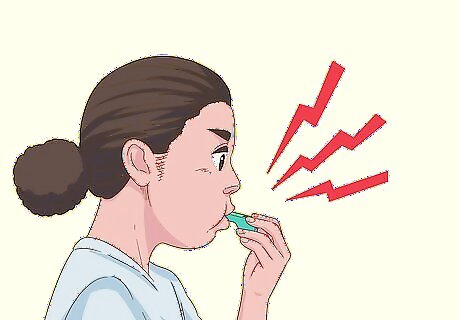
Repeat a loud noise 3 times. Use a whistle, slam objects together, or even just shout. Wait 5 seconds in between each noise so anyone who hears it realizes that it’s deliberate. Take a short break in between each series of 3 noises so others can locate you. Carry a lightweight noisemaker with you on your keychain so you can easily make a noise.
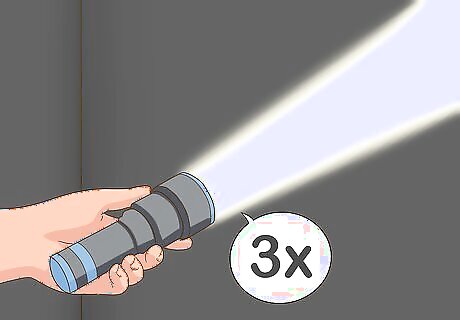
Use Morse code to signal SOS. SOS in Morse code is notated as “dot-dot-dot dash-dash-dash dot-dot-dot” and is an international distress signal. Create 3 short bursts of noise or flash a light quickly 3 times. Follow that by 3 noise sustained for a few seconds each or long flashes of light, then repeat the 3 quick signals. Morse code is easiest to do if you have a noisemaker, such as a whistle, or by using a flashlight.
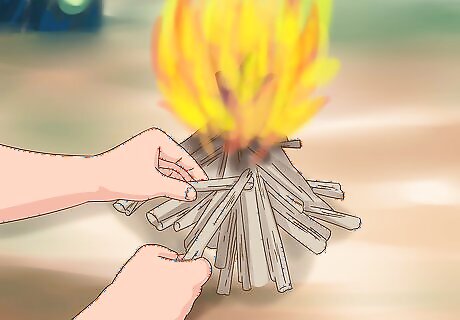
Light a fire if you’re lost outdoors. Look for open and exposed areas so others can see your fire. Try to make the fire at least 3 by 3 feet (0.91 m × 0.91 m) large so it's visible from above. Use a lot of green wood and fresh cuttings during the day to produce more smoke. This helps you become more visible during the day. Make 3 fires evenly spaced in a line. This is normally used as an international distress signal. Don't make the fire too large or else it may burn out of control. Keep water nearby just in case it starts to grow.












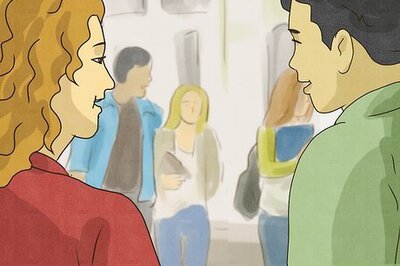
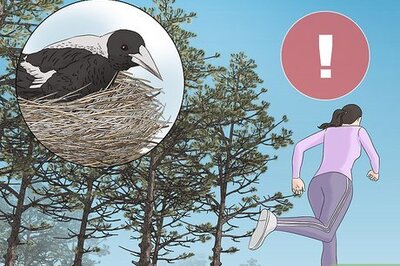

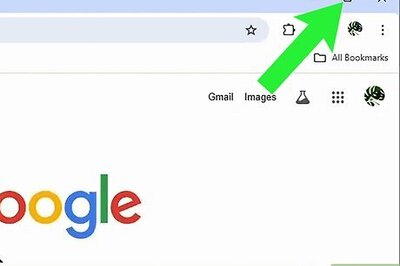

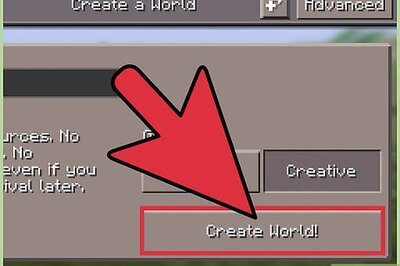


Comments
0 comment